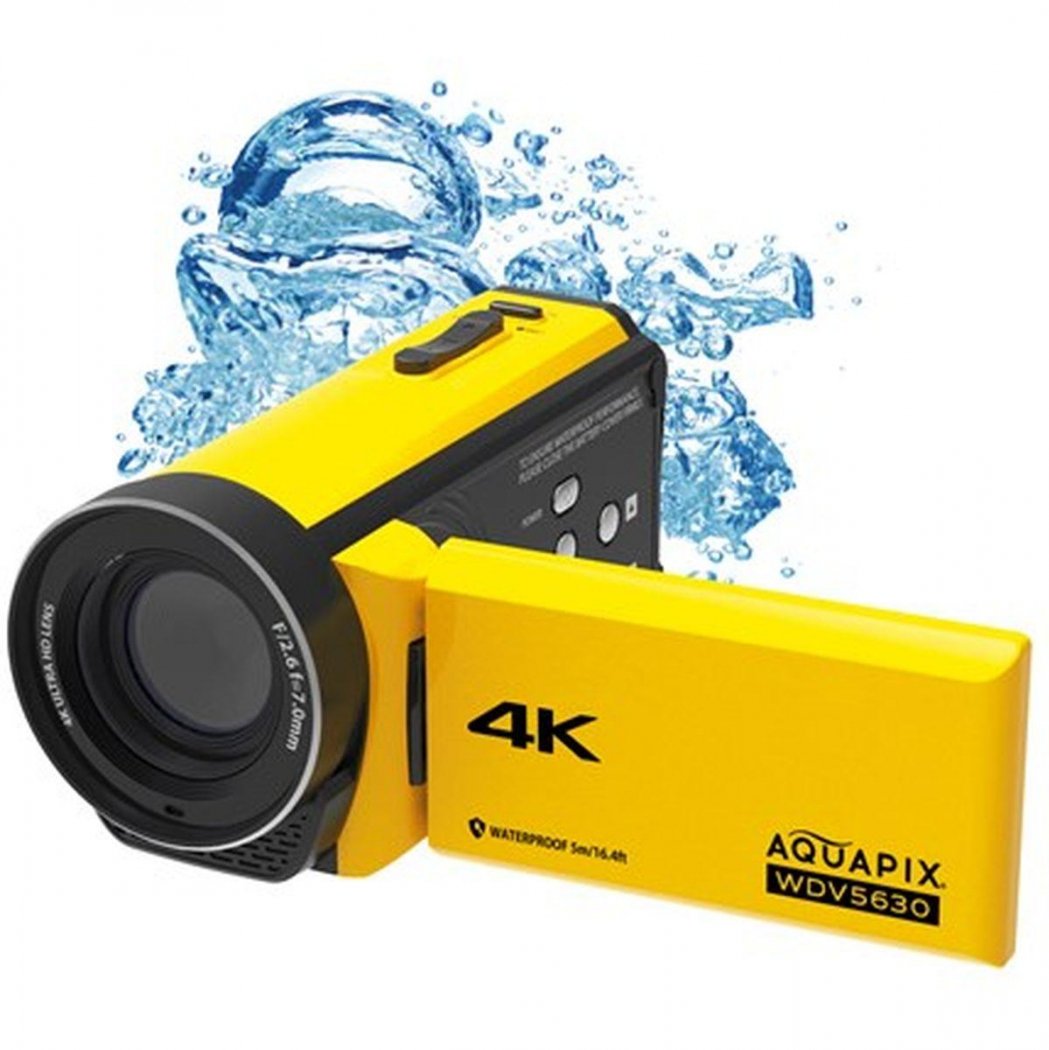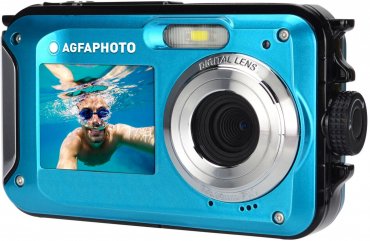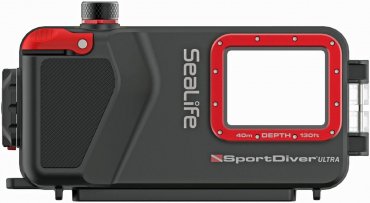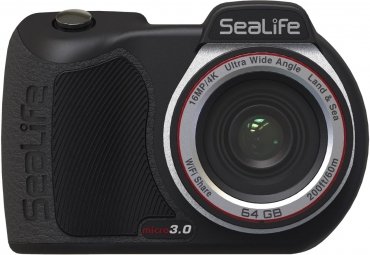Underwater cameras capture the impressive moments underwater for eternity
Whether snorkelling in a quarry pond, on a fishing trip or on a diving holiday in Egypt - an underwater camera captures the breathtaking impressions of the underwater world for eternity and offers you the opportunity to recall them at any time later. In addition, you can use the underwater camera to show the fascinating world under the surface of the water to family members and friends who cannot dive themselves.
In principle, underwater cameras hardly differ from conventional models. The only difference is that the diving variant is waterproof, so you can easily take it with you snorkelling and diving. The technology has become much more modern in recent years, so that the pictures that can be taken underwater today leave little room for criticism. That is why very few divers today go under the surface of the water without a camera. But such a camera is also suitable for other occasions, such as playing in the pool, fishing, at the beach or in the outdoor pool. Of course, you can use an underwater camera not only for taking pictures under the water surface, but also for normal photography. The cameras have the same technology as modern compact cameras, only the housing is a special feature to prevent water from entering and damaging the inner workings of the camera.
There are, however, different types of underwater cameras, which differ in their construction, price and functionality. To ensure that you find a model that fully satisfies you, you should read the guide below before making your purchase, which will be a valuable help when choosing an underwater camera.
Underwater cameras - The most important advantages and disadvantages in comparison
Before we explain what you should look out for when buying an underwater camera, we list the most important advantages and disadvantages of the underwater cameras from this category below.
Advantages:
Compact and space-saving - fits in any travel bag
Estensive entry-level models are great value - available for under 100 euros
Very good image quality
Oft with full HD video mode
Numerous scene modes for good photos in any situation
Shockproof
Break-proof and frost-proof
Low weight
Many accessories available
Disadvantages:
Image quality not as good as DSLR with underwater housing
Zoom capability is limited - usually only four to five times zoom
Accessories often cost a lot of money
For underwater photos, the only alternative to the classic underwater camera is the DSLR with underwater housing. However, such professional equipment is also a lot more expensive, which is why hobby photographers in particular are better off with a compact underwater camera.
What are the different types of underwater cameras?
The best-known underwater camera is the classic disposable camera. It has a waterproof housing and uses traditional film. It has to be developed before you can look at the photos. You have to do without the advantages of a digital camera with such a model. One advantage of buying a disposable camera is that it is extremely inexpensive and can be bought for as little as 10 euros. With one film, you can then take about 24 to 28 photos under the surface of the water. If you only want to take one photo under water, you are well advised to buy a disposable camera. Otherwise, however, you should opt for a reusable digital camera.
The second option is to buy a suitable underwater housing for your existing compact, system or reflex camera. However, with this solution, ease of use often falls by the wayside. In addition, even small and compact cameras become large and bulky with such a housing.
If you want to easily take high-quality photos under water, you are best advised to use a special underwater camera. It has a similar design to a normal compact camera and is equipped with numerous practical features. Underwater cameras allow you to zoom, often offer a video function and come with many practical recording functions.
What features should an underwater camera have?
If you want to buy an underwater camera, you should first compare the specifications of the individual models thoroughly.
Resolution
First look at the pixel value. It is important to ensure that the images have a correspondingly high resolution and that even the smallest details are easily recognisable. Moreover, it is only possible to develop the photos later as posters if the pixel value is sufficiently high. In any case, the underwater camera should have about ten megapixels.
Waterproofness
Also check to what depth the camera is waterproof. Some models can only be used to a depth of five metres, others to ten metres and some even over 25 metres. For snorkelling, cameras that are waterproof to five metres are definitely sufficient. For diving in the open sea, however, you should choose a model that is even better sealed.
Zoom, display, image sensor and image stabiliser
Other aspects you should consider when buying an underwater camera are:
- How much zoom does the camera offer?
- Is the display large enough?
- How large is the built-in image sensor?
- Does the camera have image stabilisation?
The last point is particularly important for underwater cameras, because it is difficult to keep the camera perfectly still, especially when diving under water. Camera shake then quickly occurs, which brings a disturbing blurriness into the picture. An image stabiliser counteracts this and ensures sharp images without blurring. But the image sensor also needs your attention. It should not be too small, otherwise the pictures would show a lot of noise. Under water, there is usually little light available, which is why a large sensor is preferable. In this context, also check how fast the camera lens is and what ISO values are available.
Good haptics
In addition, you should attach a lot of importance to good haptics. After some time under water, your fingers are no longer as agile as usual, so it may be difficult to operate the camera accurately. In this case, it is even more important that the buttons are somewhat larger than on normal compact cameras, because this is the only way to ensure good operating comfort. Many models can be operated almost blindly - at least after a short period of familiarisation. This is particularly practical, because when diving under the water's surface you will certainly have other things to do than deal with the operation of your camera, but would rather explore your surroundings.
White balance
With underwater cameras in particular, it is also important that the camera is capable of white balance. It is used to reproduce the colours in the photo in a natural way. Without a functioning white balance, the pictures would show an unattractive green cast. In addition, the lighting conditions under water change so often that an automatic white balance is indispensable for beautiful and lifelike pictures.
Video function
Practical are models that offer a video function. Then you can not only take pictures, but also record moving images. However, a video function naturally pushes up the price of an underwater camera - especially if you value HD quality. Therefore, before buying, you should carefully consider whether you need an underwater camera with video function or whether you can do without it.





Simply subscribe and benefit as a newsletter recipient every week: